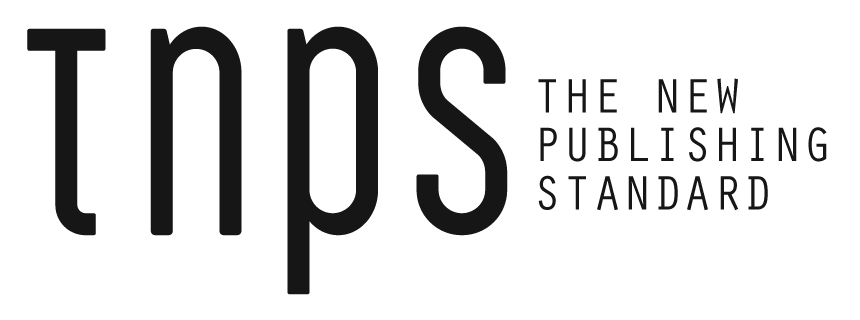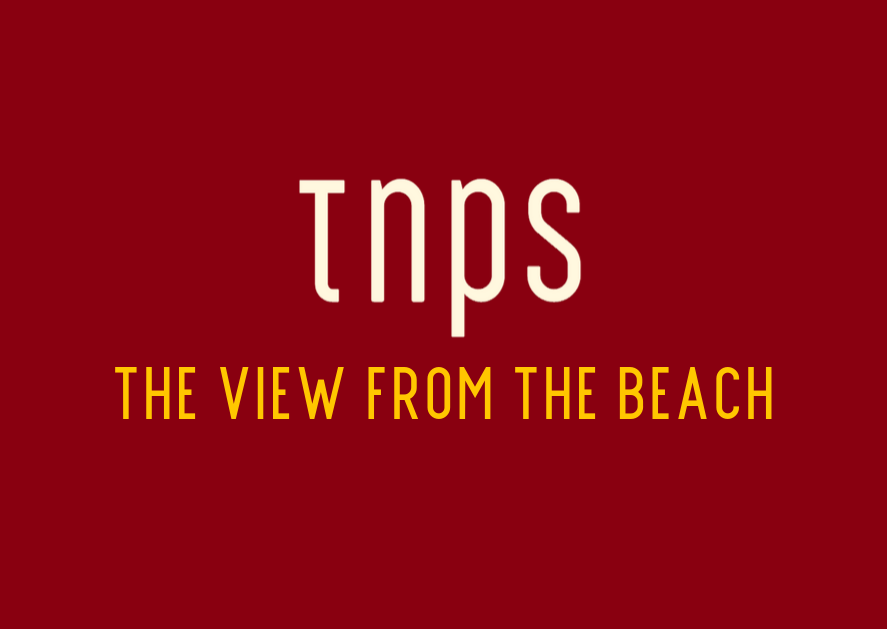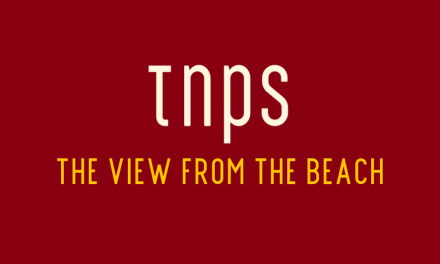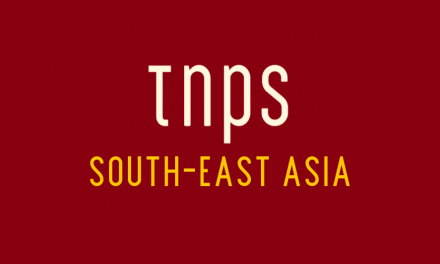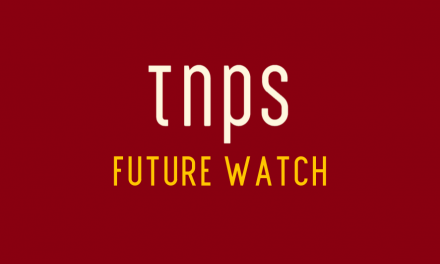Rather than waiting for Hollywood or TikTok to start the conversation, publishing should reimagine itself as the creative engine behind the evergreen classics it so easily profits from.
It is a truth universally acknowledged, that a publisher in possession of a famous backlist must be in want of a special edition – even if it sells for the eye-watering sum of £925.
In 2025, the literary world is in the throes of a major Jane Austen revival as the world marks the 250th anniversary of her birth. Sales of her novels are surging at a pace not seen for 15 years, with over 78,000 novels shifted in just the first 28 weeks of the year, up from 64,000 in the same period last year, per The Bookseller.
Publishers, booksellers, and institutions with the slightest hint of a connection with the Austen family are pulling out all the stops: from the launch of extravagant special editions like The Folio Society’s hand-bound, heavily adorned Austen collection, to immersive festivals, literary pilgrimages, and countless Austen-themed events. The celebrations testify not only to Austen’s enduring appeal, but also to the publishing industry’s ability to milk – oops, sorry -monetise renewed public interest in classic, copyright-free works.
The Free Ride: How Public Domain Content Fuels Profits
For publishing professionals, the phenomenon exemplifies a wider, often unspoken, truth: public domain content represents a lucrative, nearly risk-free business model. Once a work falls out of copyright protection, publishers suddenly enjoy the classic’s reputation and cultural cachet at no cost – no royalties, no author advances, minimal editorial input, and with production costs largely restricted to materials, design, and marketing. The recent Austen boom driven by her anniversary is only one example; similar surges regularly follow film and TV adaptations for other classic works.
This “free ride” is a recurring cycle in the industry. Whenever another sector – be it film, television, or an anniversary campaign – rekindles popular interest in a classic, publishers swiftly repackage, reprint, and rebrand these works, from deluxe collector’s editions to themed merchandise and event tie-ins. The resulting profits – from both book sales and brand extensions – are considerable, often with minimal effort or creative risk.
The Problem with Publishing’s Passivity
Yet, while such cycles seem a logical an in business terms totally reasonable exploitation of public domain wealth, important questions arise about publishing’s passivity.
Is it sustainable to rely so heavily on “windfalls” generated by anniversaries or external media adaptations? As the industry faces emerging competition from AI-driven content and changing consumer habits, is the current approach future-proof, or does it risk rendering publishers mere opportunistic middlemen in the cultural marketplace?
It is striking how, despite the gift of public domain content, many publishers wait for external catalysts – such as a film biopic, viral TikTok moment, or historic anniversary – before investing in special editions or new campaigns. The industry rarely takes full initiative: for example, as Kim Simpson at Chawton House laments in Emily Warner’s The Bookseller article, the lack of biopics for fascinating contemporaries of Austen such as Mary Wollstonecraft or Mary Robinson means their literary potential remains untapped, awaiting some entertainment juggernaut to provide the needed push.
Opportunities for Adding Value
To move beyond passivity and to truly “grow the orchard” rather than simply harvest the windfall, publishers might consider a far more active approach to public domain content. Adding value involves more than packaging and design; it means creatively re-engaging with classic works to ensure their ongoing cultural relevance and reader appeal.
Opportunities for the sector include:
Curated, annotated, and scholarly editions: Proactively commission new introductions, critical essays, and contextual material that refresh and deepen engagement with the original texts.
Diverse retellings and spin-offs: Support writers and academics in producing novels, graphic adaptations, and audio retellings that explore overlooked characters or minority perspectives within classic works. (Indie authors are making a mint with this latter tactic.)
Brand extension through experiential offerings: Invest in immersive events, regional tours, podcasts, or even interactive digital experiences that foster deeper community engagement.
Champion overlooked or under-adapted public domain authors: Use the publisher’s reach and expertise to elevate figures like Wollstonecraft and Robinson, regardless of their screen adaptation status. Proactively build the case for renewed cultural attention.
Harness technology: Incorporate high-quality audio, digital annotation, and even AI-driven text analysis tools to make classics more accessible for modern readers.
I’m going to single out Mary Wollstonecraft here for a example. Best known for Frankenstein, which of course overshadows everything else, Wollstonecraft has a rich “complete works” catalogue just waiting to be explored and exploited. Valperga (1823), The Last Man (1826), The Fortunes of Perkin Warbeck (1830), Lodore (1835), and Falkner (1837), and of course the travel book, History of a Six Weeks’ Tour (1817).
With the new Guillermo del Toro adaptation of Frankenstein set to hit Netflix this November, what better time for publishers to put together a deluxe Wollstonecraft complete-works box set, and while they are at it a Frankenstein And Friends box-set with works of Percy Byshhe Shelley, Lord Byron and – the prefect accompaniment to the gothic romance that later became a horror film – John Polidori’s The Vampyre.
But there’s so much more! In this age of STEAM education, what could be more fitting than a children’s books exploring the 1791 Galvani frogs leg experiment that inspired the Frankenstein novel, and the sequence of science leaps (Volta’s invention of the battery, Nicholson and Carlisle’s electrolysis, Davy’s isolation of sodium and potassium, etc?) and geological upheaval (Mount Tambora erupted in Indonesia in 1815 and caused the year without summer in 1816 that put the dampener on the Geneva holiday) that culminated in the nineteen year old Wollstonecraft handing an unwitting publishing industry the gift that keeps on giving. And what serendipitous irony that the invention of the defibrillator, a medical device that brings the dead back to life using electricity, happened in Geneva University later that same century.
Time to “Grow the Orchard”
Ultimately, publishers are best placed to unlock the full potential of public domain content if they lead rather than follow cultural trends. Rather than waiting for Hollywood or TikTok to start the conversation, publishing should reimagine itself as the creative engine behind the evergreen classics it so easily profits from.
True sustainability and growth will come from continual, creative renewal – so that, when the world is ready for the next literary awakening, the industry is already there, harvesting not just the fruits but sowing new seeds as well.
This post first appeared in the TNPS LinkedIn newsletter.
